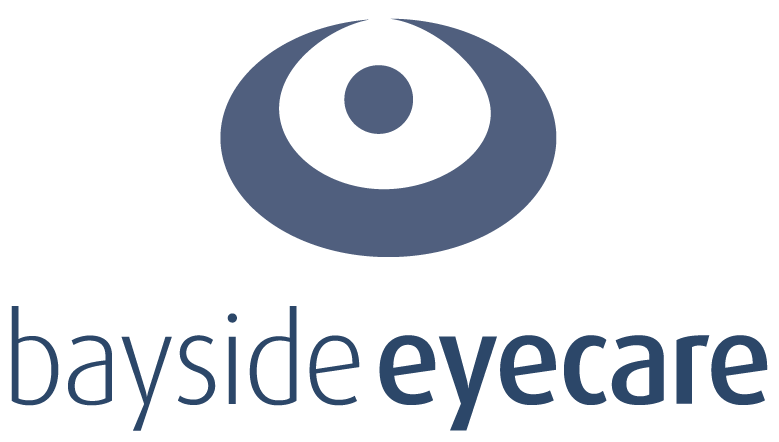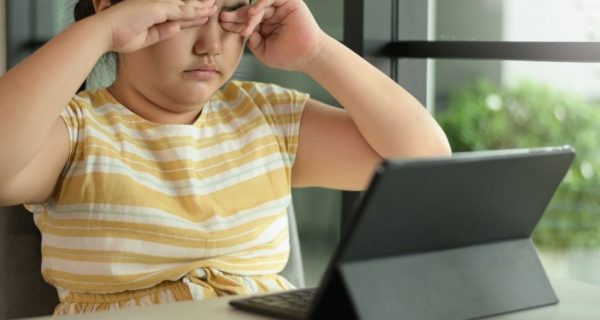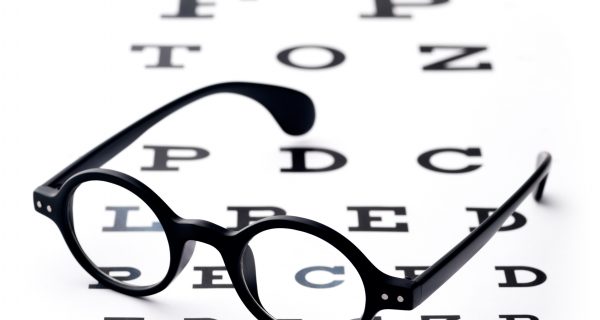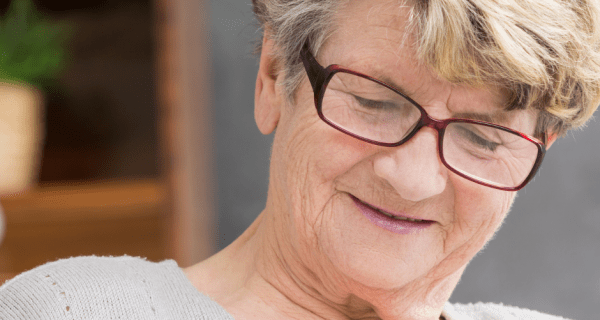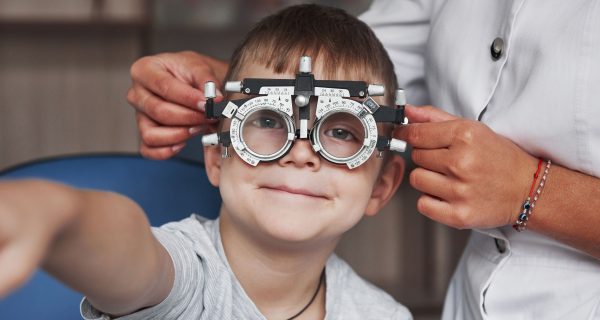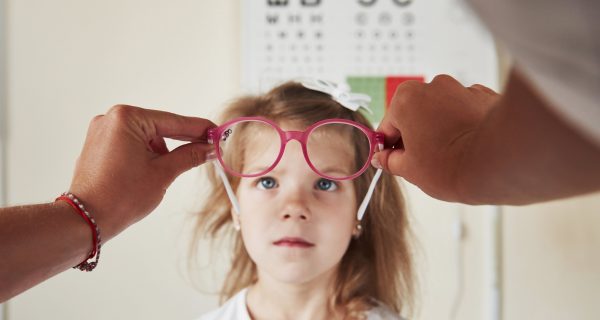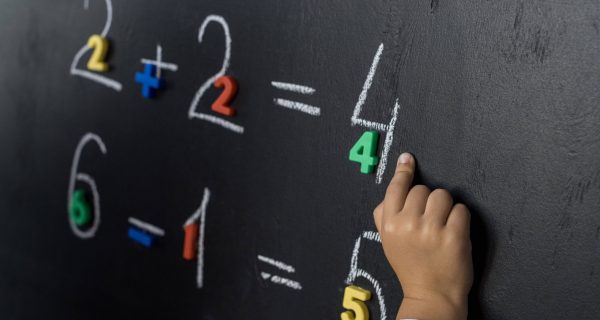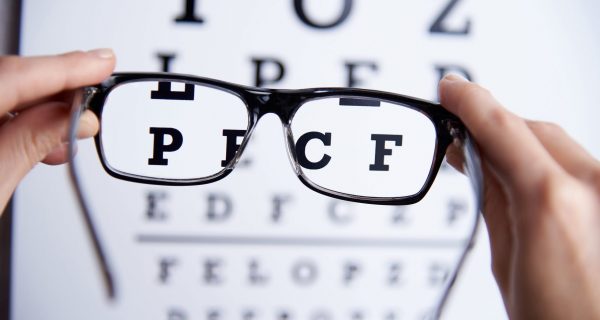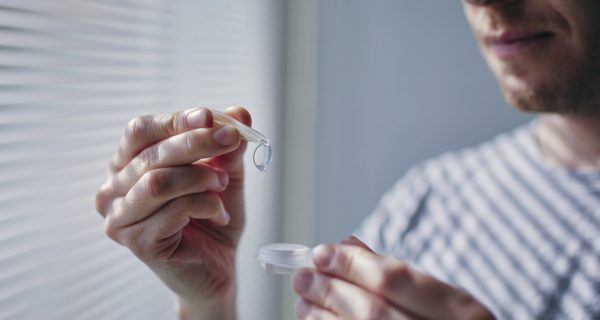If your child is complaining of sore eyes or experiencing frequent headaches, particularly after a day at school, they may be suffering from eyestrain or eye fatigue. Eyestrain is a common condition, and is increasingly becoming an issue for children, who spend a lot of time staring at computer screens both at school and home. […]
Read MoreOur team speaks a number of languages including

 (03) 9596 1238
(03) 9596 1238


